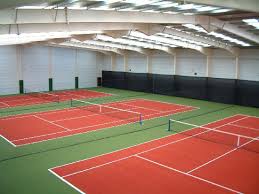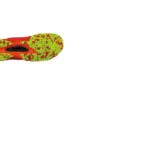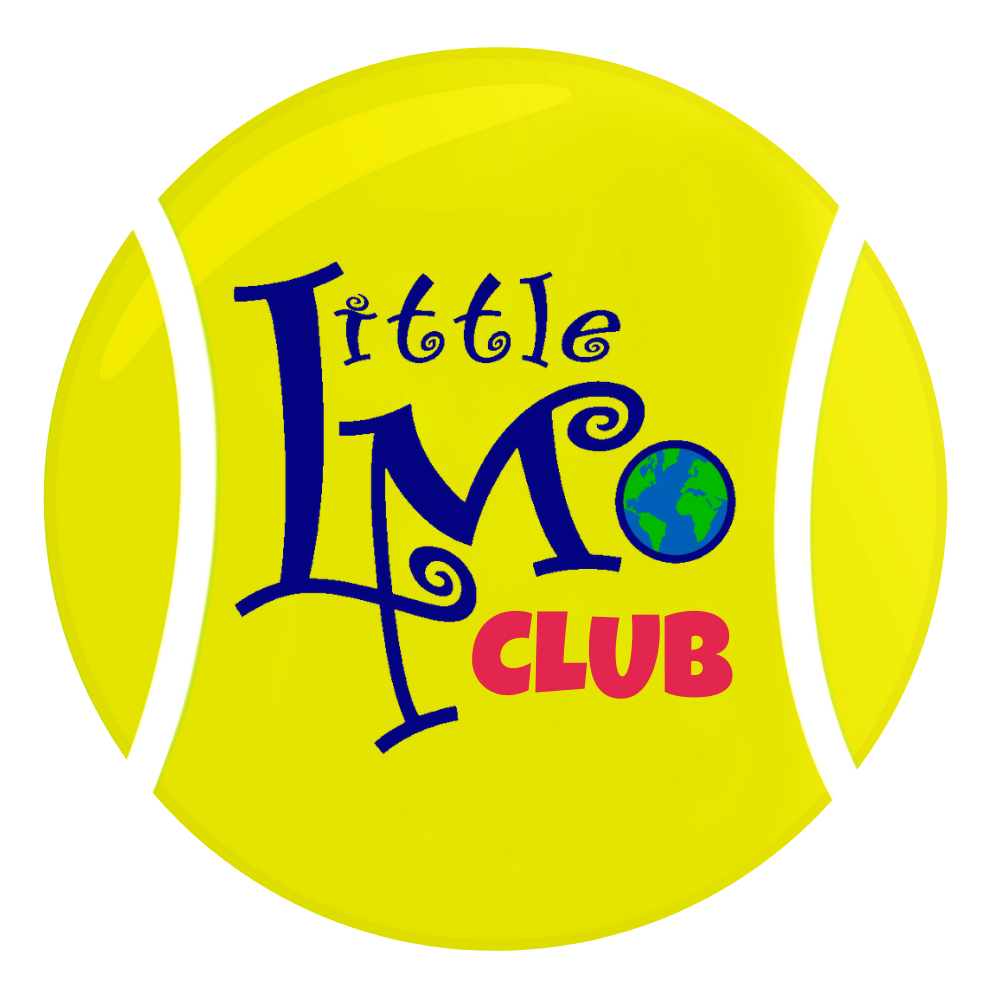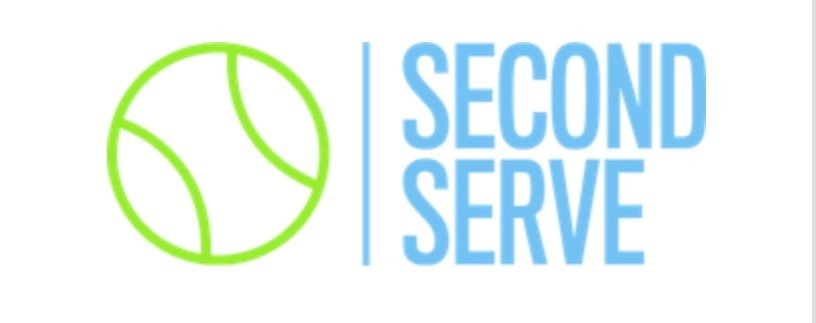How to Adapt from Indoor Tennis to Outdoor Tennis

Today’s Guest Post is from Coach Todd Widom.
As the Orange Bowl Boys and Girls 16’s and 18’s International Tournament in South Florida is coming to a close, and the Boys and Girls 12’s and 14’s are getting underway, it is important to note there are some players that come from different climates to play in this prestigious event. I coach players who come to South Florida from the northeast that have to learn to adapt their games to be able to succeed outdoors. This is also going to be true for all the players that are heading out to Arizona for the winter nationals that are coming from indoor tennis training. I am seeing a lot of similarities in the way these junior players are playing and constructing points, and if they do not make the necessary adjustments from indoor to outdoor tennis, they are not going to be too successful in an outdoor climate.
The students I train know my tennis background and know that I was trained by some very tough Argentine disciplinarian coaches, who produced some of the best professionals and also some of the best amateurs in this country over the past thirty plus years. In this day and age of technology, YouTube videos, and over coaching are what players may use to learn how to adapt to tennis outdoors. This article is about the different issues I see with the players coming from indoor tennis and trying to adapt to outdoor tennis, which tends to be very difficult. Remember, everything that these young players do, whether it is good or bad is a habit, so this transition from indoor tennis to outdoor tennis is not easy for many kids.
Before I go over the way a player should adapt their game to outdoors, one of the most important details we speak about is court positioning and movement. It is very common for a player coming from playing indoors to crowd the baseline. Unless you have the timing and eye hand coordination of James Blake or Andre Agassi, it is going to be very difficult to maintain enough tennis balls in a row to work the point effectively against your opponent. What needs to be worked on is the player standing a couple of feet behind the baseline and constantly moving in and out of the baseline. Recovering to a couple of feet behind the baseline after each shot is crucial so that the player does not get stuck half volleying the ball when their opponent hits a deep ball.
Beautiful technique and pretty strokes are very nice to have, but if you do not have a high level of fitness, your legs and strokes will break down. Playing indoor tennis does not require the athlete to have a very high level of fitness. The conditions indoors are controlled and there are no additional elements affecting your shots like the sun, wind, heat, and even humidity. When playing indoors, where the ball is hit is where it will end up since there is no wind affecting the ball. To build the fitness to compete outdoors takes at least a couple of weeks to a month of intense training, in order to be able to handle the outdoor conditions.
On an indoor court, a player can hit through the court with greater ease due to the speed of the court and there being the absence of outdoor elements. Many times, I will place some targets on the court because we are working on depth of shot, because the indoor player is most likely pounding the ball big but a foot or two past the service line. Playing the ball that short outdoors does not do much; however, playing the ball a bit higher over the net is the key to secure hitting those targets. Depending on how a particular player hits the ball will determine the height and spin they will put on the ball in order to be successful. For example, a player that has a game modeled after Maria Sharapova will play a bit higher over the net, but they will still hit through the ball. If you tell this particular player to play high and heavy, you are taking this person out of their game that they are good at and that could negatively impact their game up for quite a while. A player for example like Rafael Nadal will need to adjust their game to play much higher and heavier over the net if this particular player was coming from indoor to outdoor tennis. As you can tell, the way the person is going to transition from indoor tennis to outdoor tennis significantly depends on their style of play and what they are already good at.
After some great drills outdoors, the next important step is watching the player construct points. Many times, a player coming from indoor tennis needs to learn how to construct the point and stick to a very black and white pattern of play. The indoor player can be very trigger happy and go for big low percentage shots because that is what is promoted indoors on very fast courts. On indoor courts if you do not get the first strike, your opponent will, and you will be the one on the defensive and kept running. This is not so much the case with outdoor tennis, as the shot tolerance of the indoor player needs to be much higher because one great shot many times does not win you the point playing outdoors. Tennis players must understand the strategies and the angles of the court for them to be successful outdoor players. Seeing the open court and ripping the ball to that location is not always the prudent play outdoors. This is where the player needs to have a high tennis IQ, be able to transition their game to the outdoors and be able to break down their opponents mentally and physically. Certainly, the indoor player needs to have a very high level of fitness to have the ability to maintain enough balls per point outdoors, whereby they can execute their strategy properly.
Another aspect that I frequently see is the indoor player has a bit of trouble generating their own pace due to the lack of elements indoors, plus the speed of the court to hurt their opponents. This is not the case outdoors where you must use your body efficiently, from your core to the ground, along with understanding the proper mechanics in accelerating the racket which will generate pace on the ball. If you have trouble generating your own pace, you will be a defensive player that must be smart and move incredibly well. Of course, if you are trying to generate more pace on your shots, you need to be in excellent physical condition, since you will be exerting more force into the ball by using your body, which in turn could cause fatigue much sooner if you are not in optimal condition.
In closing, it is a much easier adjustment coming from outdoor to indoor tennis compared to indoor to outdoor tennis. All too often I see players coming from indoor tennis and trying to have great results in an outdoor climate with only a day or two to prepare for an outdoor tournament. It is not realistic for these players coming from the indoor arena to have great results with minimal preparation time. Ideally, the athlete coming from indoor tennis should have a minimum of a couple weeks of preparation before they attempt to play in an outdoor tournament. As many parents and players do all too often, they roll the dice before an outdoor tournament and hope for great results, or you can prepare wisely which gives you the best chance to have some great results in a different environment.
 Wilson Introduces New Racket & Shoe for Today’s “Generation Fast” Baseliners
Wilson Introduces New Racket & Shoe for Today’s “Generation Fast” Baseliners 











